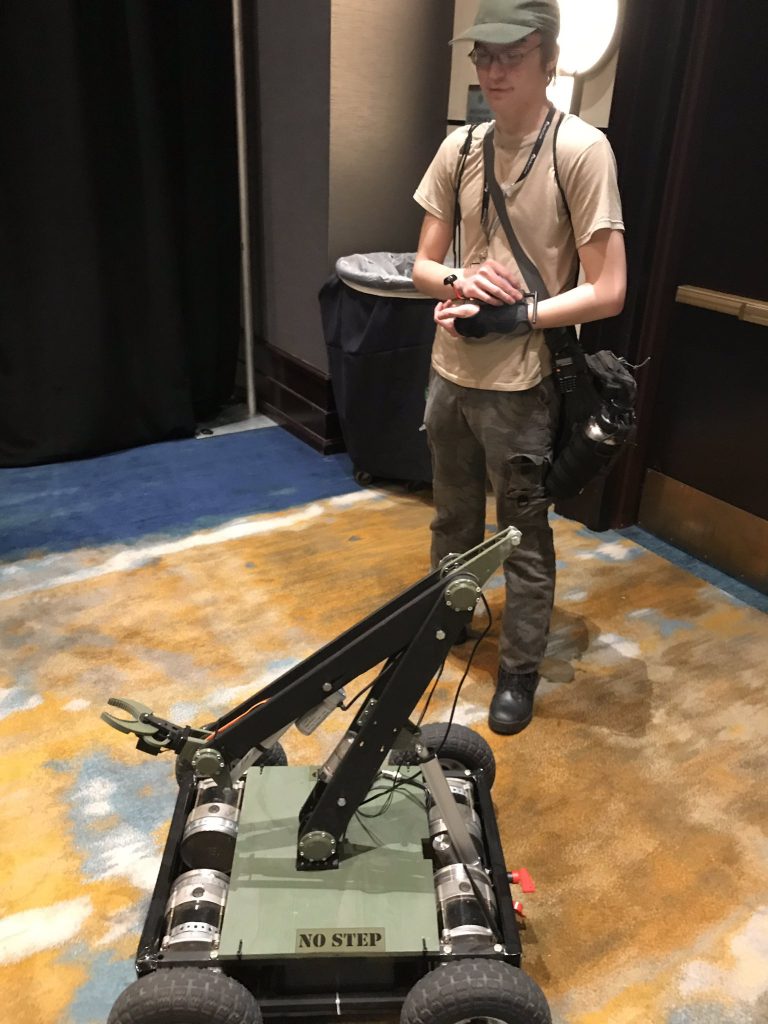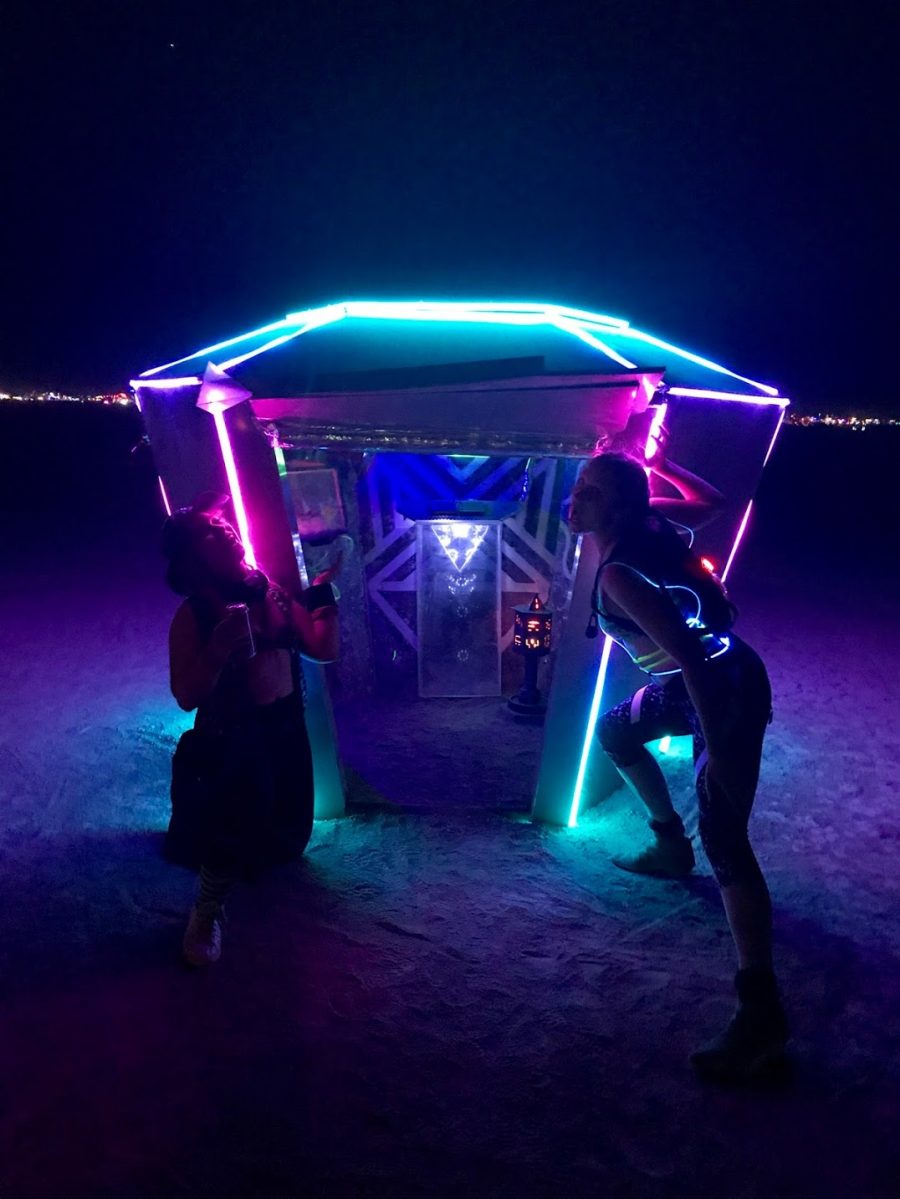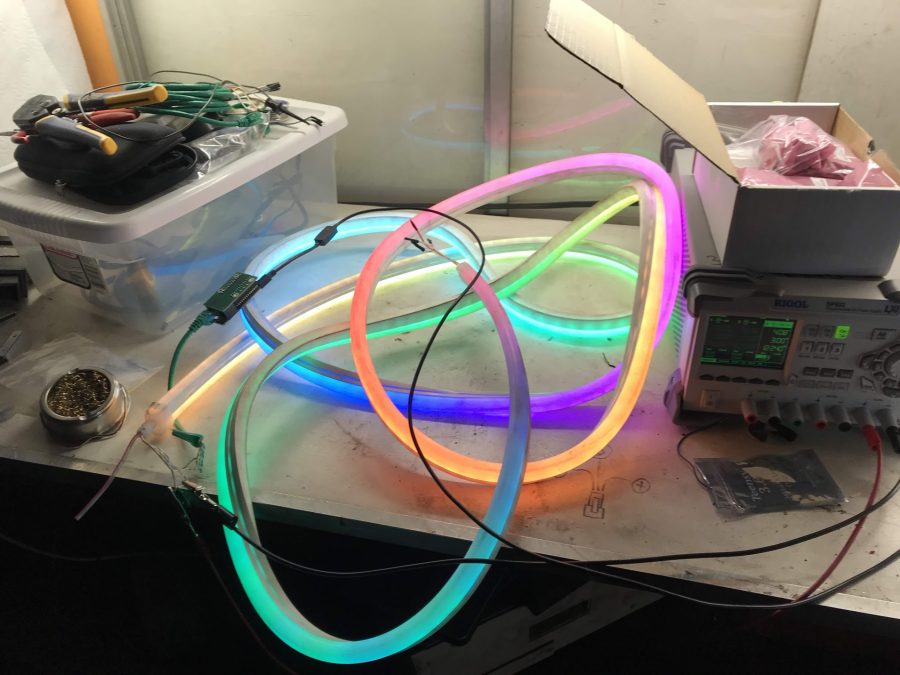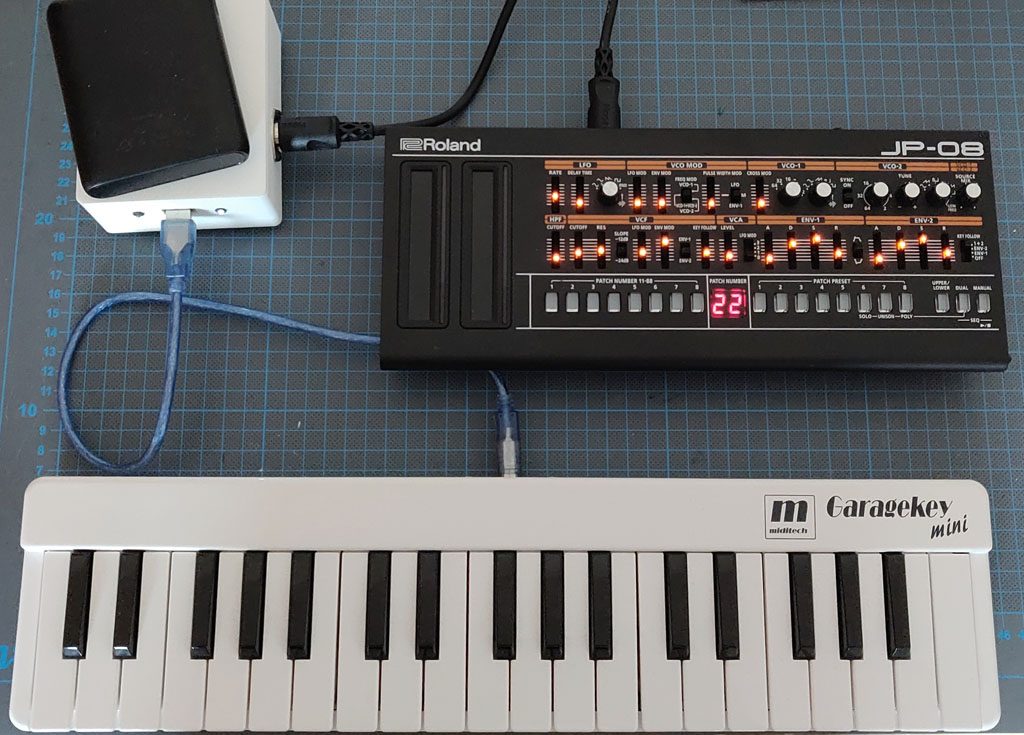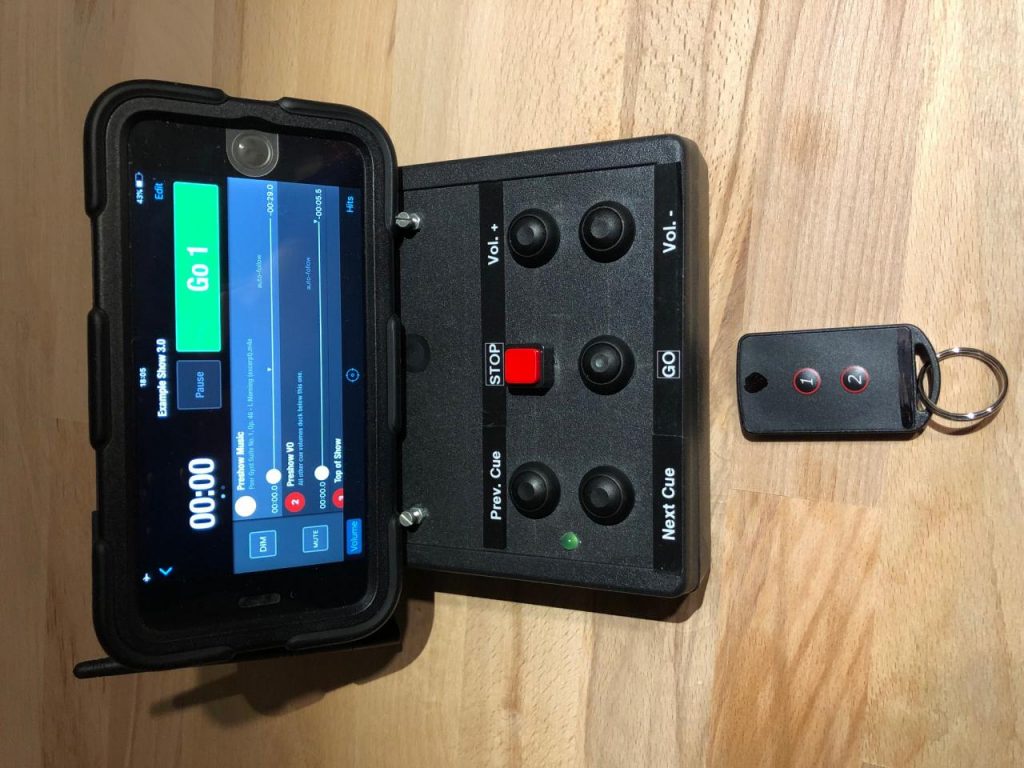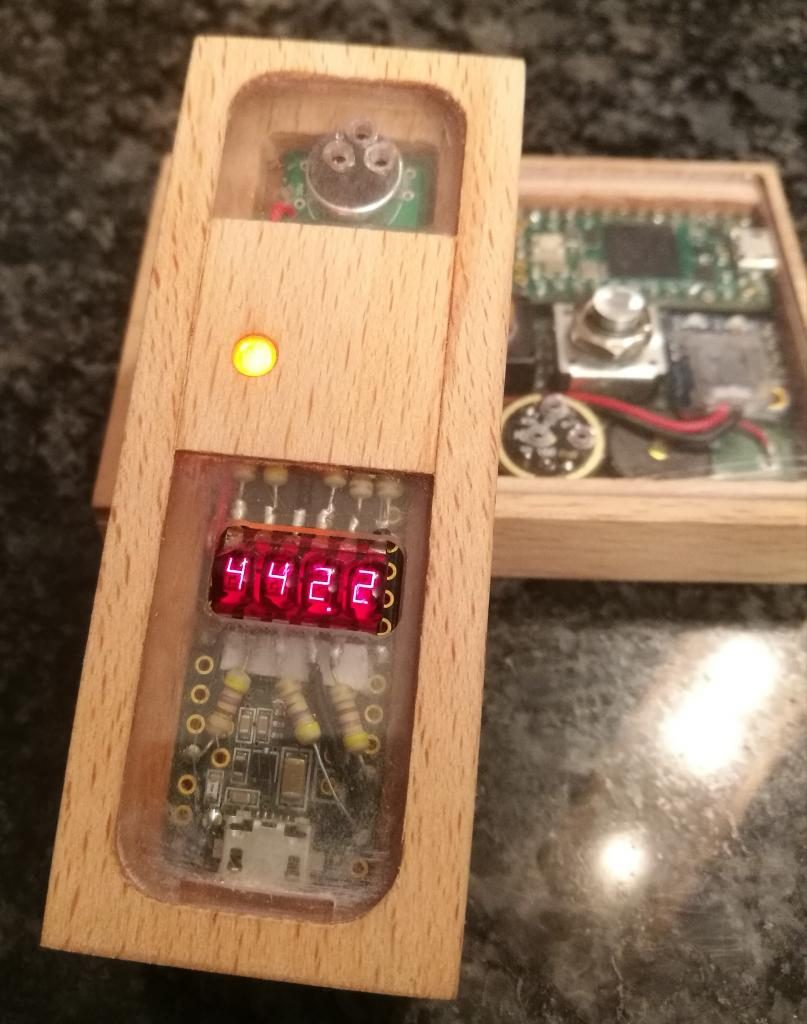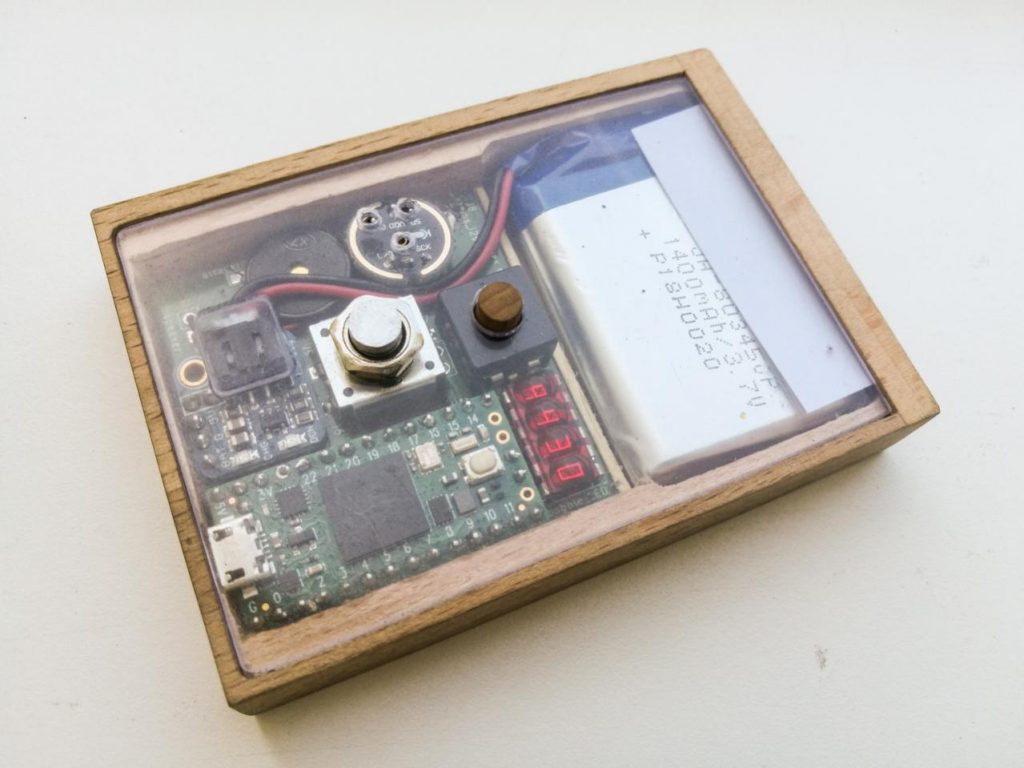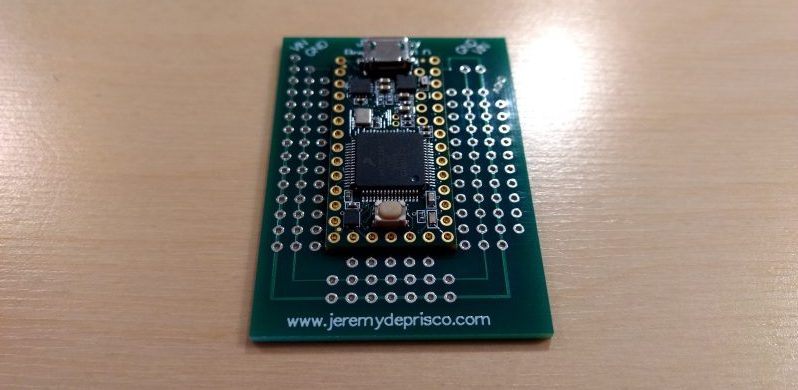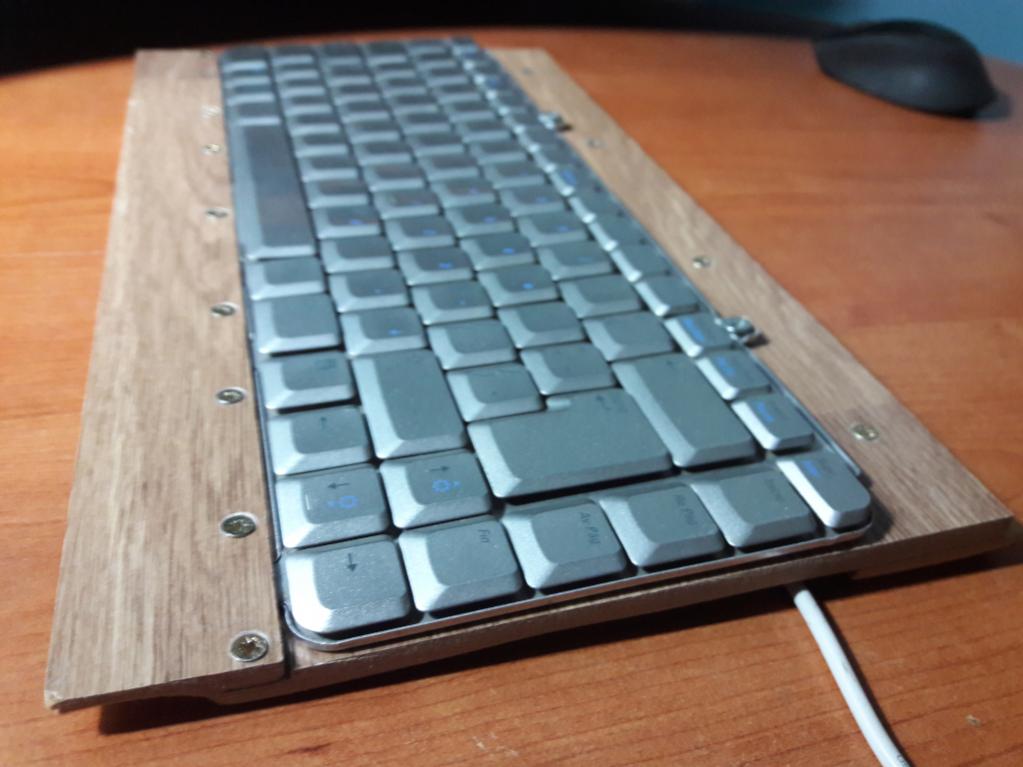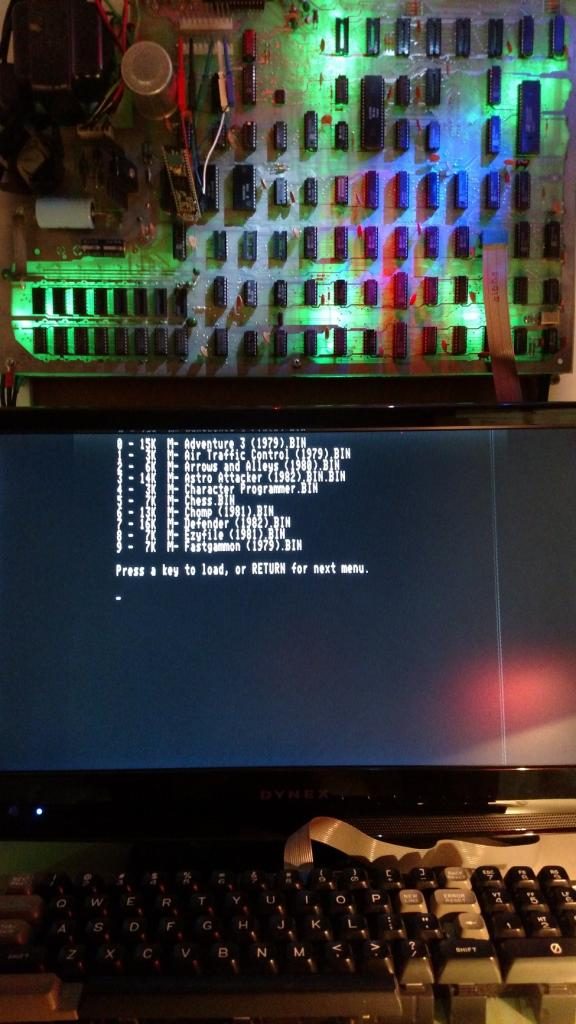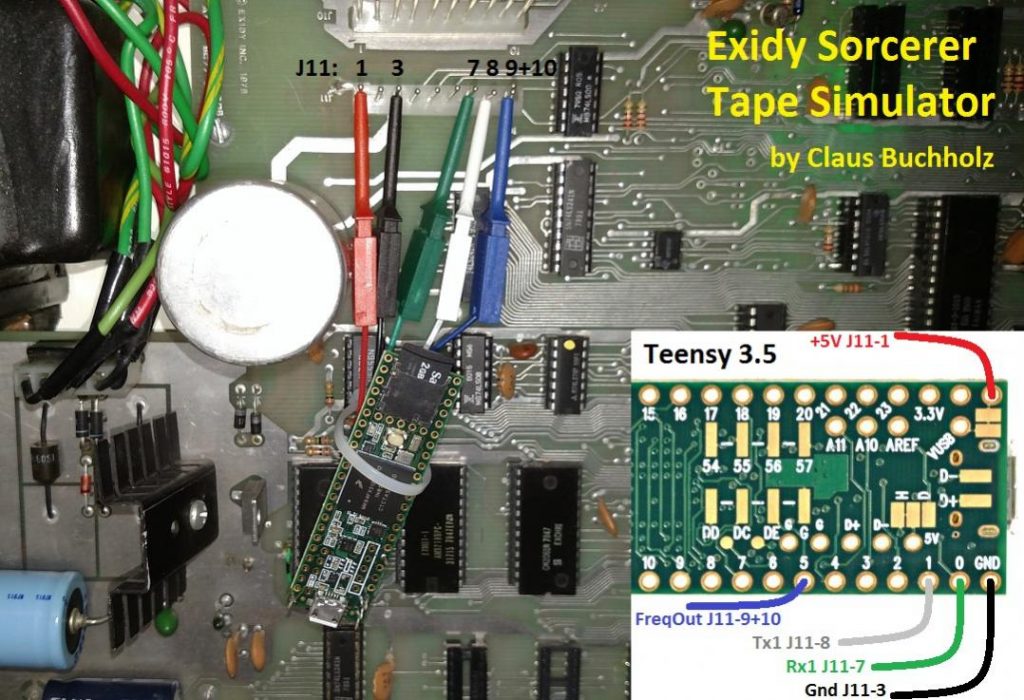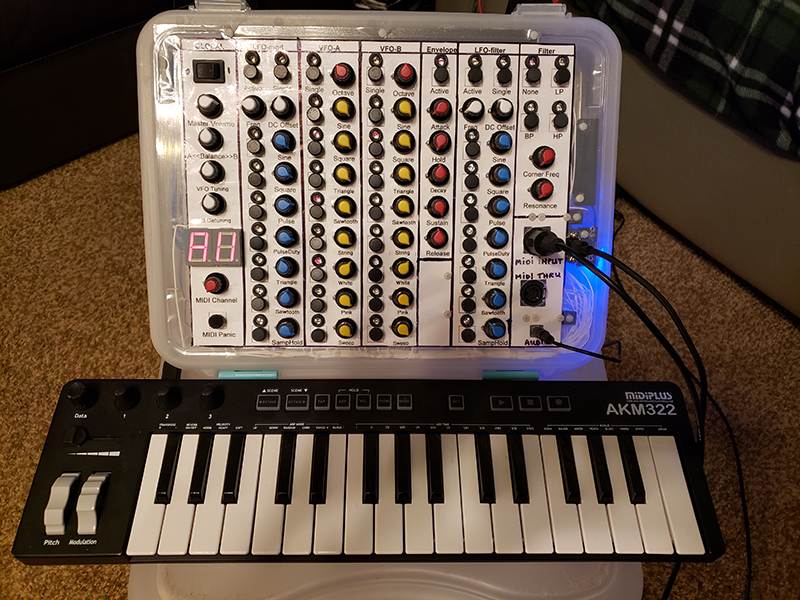Glytch, an electronics hobbyist, has produced a Nintendo Power Glove modification that grants the device an impressive amount of control.
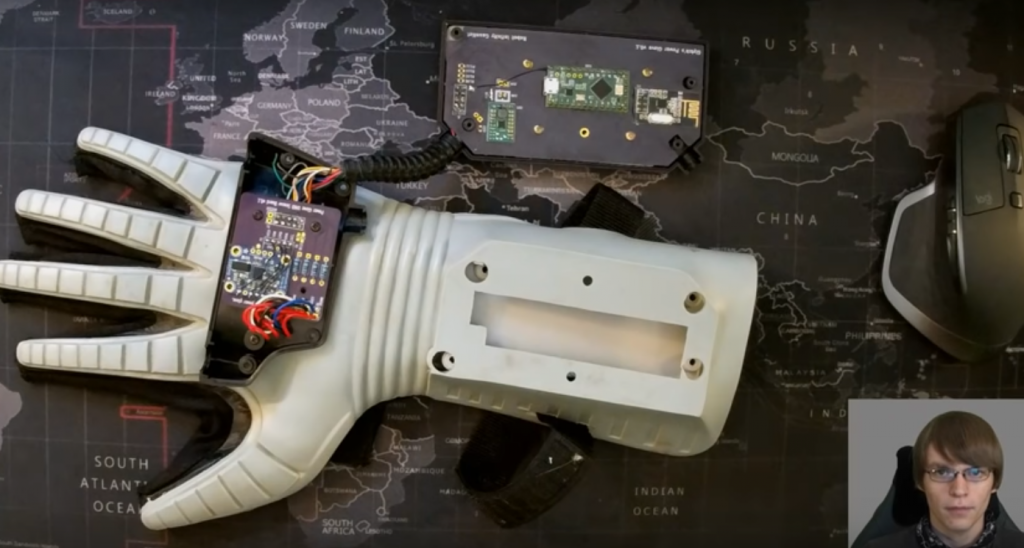
The Nintendo Power Glove is perhaps one of the most iconic and nostalgic pieces of wearable gaming technology. Originally released in 1989, the glove wasn’t as successful in its functionality as it was in its marketing. Featured in the film The Wizard, the glove was marketed as a virtual reality controller capable of granting players “free-flowing instant response” but many users found the controls difficult to use as the glove only provided tracking on one axis (roll) using ultrasonic sensors and used conductive ink to track the fingers leading to low resolution hand tracking.
Glytch’s mod gives the glove the power to control robots weighing up to 200 lbs. More specifically, a t-shirt cannon! In a post made to Twitter, Glytch shows off the project in progress controlling a small rover.
The project arrives just in time for the Power Glove’s 30th anniversary. In a video Glytch uploaded to his Youtube Channel he talks about how amusing it is to hack a piece of technology that’s seven years older than he is. The project uses a Teensy LC, two NRF modules for transmitting data between the glove and the robot, an IMU in place of the original ultrasonic sensors for hand tracking, flex sensors for finger tracking, and custom PCBs developed by Nolan Moore who has also shared his own mod which the project is based on at Hackster.io.
Glytch has previously worked on lots of awesome projects, including hacking your laptop’s webcam and modifying your 3D printer to run on USB-C.
